Springer Rottie vs. Bolonoodle: Breed Differences and Similarities
Hypoallergenic
Are Springer Rotties or Bolonoodles hypoallergenic, or neither?
Unfortunately, the Springer Rottie is not hypoallergenic, making it not a good choice for a dog lover who suffers from pet allergies.
While no dogs are truly 100% hypoallergenic, Bolonoodles are about as close as it gets, making them an ideal pet if you are an allergy sufferer.
Temperament
What are the personalities of Springer Rottie and Bolonoodle dogs?
Playful
Independent
Energetic
Protective
Alert
Courageous
Intelligent
Affectionate
Loyal
Social
Fearless
Good-natured
Cheerful
Active
Playful
Alert
Intelligent
Loyal
Devoted
Trainable
Calm
Faithful
Easygoing
Instinctual
Earnest
Willing
Serene
Shedding Level
Do Springer Rotties shed more than Bolonoodles, or which breed sheds more, Springer Rotties or Bolonoodles?
Springer Rotties are moderate shedders, but regular brushing can reduce shedding and maintain coat health.
Bolonoodles shed very little hair, making them a great choice for those who dislike excess hair in the house.
Ancestry
What are the origins of Springer Rottie and Bolonoodle breeds?
Rottweiler, English Springer Spaniel
Poodle and Bolognese
Breed recognition
Which kennel clubs recognize/register Springer Rottie and Bolonoodle?
DRA = Dog Registry of America, Inc.
ACHC = American Canine Hybrid Club
DBR = Designer Breed Registry
DDKC = Designer Dogs Kennel Club
DRA = Dog Registry of America, Inc.
IDCR = International Designer Canine Registry®
Date of Birth
When were Springer Rottie and Bolonoodle breeds first developed?
Unknown
2005
Litter Size
What is the usual litter size for Springer Rottie and Bolonoodle?
A Springer Rottie can have a litter of 8-12 puppies on average. However, it's worth noting that the size of the litters can vary greatly. Factors that can influence litter size include the health of the mother, breeding history, and genetics.
A Bolonoodle can have a litter of 2-4 puppies on average. However, it's worth noting that the size of the litters can vary greatly. Factors that can influence litter size include the health of the mother, breeding history, and genetics.
Adaptability
Springer Rotties are known for their adaptability and can adjust well to different environments and lifestyle changes.
Bolonoodles are highly adaptable and versatile, making them excellent companions for families and individuals of all lifestyles.
Health Issues
Between Springer Rottie and Bolonoodle, which breed is more prone to health problems?
Springer Rotties typically have low vet costs due to their good health, but it's important to monitor their health and seek vet care when necessary.
While the Bolonoodle breed is generally healthy, occasional vet check-ups are still necessary to address any health concerns.
Major Concerns
What are the major health concerns for Springer Rottie and Bolonoodle breeds?
Progressive Retinal Atrophy
Allergies
Hip Dysplasia
Skin Conditions
Patellar Luxation
Progressive Retinal Atrophy
Retinal Dysplasia
Mitral Valve Disease
Obesity
Minor Concerns
What minor health issues should be kept in mind when owning Springer Rottie and Bolonoodle?
Ear Infections
Elbow Dysplasia
Osteosarcoma
Cancer
Sebaceous Adenitis
Urolithiasis
Hip Dysplasia
Skin Allergies
Diabetes
Occasional Tests
What occasional tests are recommended for Springer Rottie and Bolonoodle breeds?
Skin Evaluation
Blood Count
Eye and Ear Examination
Allergy Testing
Eye
Hip
Knee
Heart
Blood And Urine Protein Screens
Physical Examination
Social Needs
Springer Rottie vs Bolonoodle social needs comparison
Springer Rottie and Bolonoodle have very high social needs. These needs include regular mental and physical stimulation, a job or purpose, and companionship. They thrive in environments where they have a lot of interaction with humans and other dogs.
Sleeping Need
Which of the two sleeps the most/least: Springer Rottie or Bolonoodle?
Springer Rotties sleep less than other breeds but still need adequate sleep for good health.
Bolonoodles have moderate energy levels and typical sleep patterns of 12-14 hours per day.
Mouthiness
Mouthiness Comparison: Springer Rottie vs Bolonoodle?
Roaming urge
Springer Rottie vs Labrador: Running away tendency?
Prey Drive
Springer Rottie or Bolonoodle - which breed has a higher level of prey drive?
Past times
What are some enjoyable activities and ways to keep Springer Rottie and Bolonoodle entertained?
Fetch
Chase, Visit, Walk, Tricks, Movies, Cuddling
Tolerance of being left alone
Grooming
Which breed is easier to maintain in terms of grooming, Springer Rotties or Bolonoodles?
The Springer Rottie requires an average amount of grooming compared to other breeds.
Bolonoodles require significant grooming, including regular trims and professional grooming assistance to maintain their coat. They may also require frequent bathing to keep their coat and skin healthy.
Sensitivity Level
How do Springer Rottie and Bolonoodle compare in sensitivity?
This breed is sensitive and requires gentle handling and a calm home environment.
This breed is sensitive to its environment and best suited for patient and understanding families with a consistent routine.
Apartment Friendly
Which breed is more apartment-friendly: Springer Rottie or Bolonoodle?
The Springer Rottie is a great apartment dog, thriving with sufficient exercise and time outside as part of their daily routine.
Bolonoodles make excellent apartment dogs, being fairly active indoors and not requiring a yard.
Child Friendly
Do Springer Rotties or Bolonoodles have a friendlier temperament towards children?
Springer Rotties have an average level of friendliness towards children.
Bolonoodles make excellent family pets for kids due to their gentle, protective nature and calm temperament.
Senior-friendly
Which dog is more suitable as a pet for the elderly - Springer Rottie or Bolonoodle?
Cat Friendly
Do Springer Rottie or Bolonoodle breeds have a better compatibility with cats?
Springer Rotties are average in their friendliness toward cats and tend to do well with them, especially if raised together.
Bolonoodles are very friendly with cats and make great companions for them.
Dog Friendly
Which breed is more sociable with other dogs: Springer Rottie or Bolonoodle?
Springer Rotties are average in their friendliness towards other dogs, and socialization can help.
Bolonoodles are generally very friendly towards other dogs, with a happy and affectionate temperament.
Pet friendly
How do Springer Rottie or Bolonoodle dogs interact with other pets?
Stranger Friendly
Which breed is more friendly with strangers: Springer Rottie or Bolonoodle?
Springer Rotties are averagely friendly around strangers but benefit from early socialisation.
Bolonoodles are highly friendly around strangers.
Playfulness
Which breed is more playful between Springer Rottie and Bolonoodle?
Springer Rottie and Bolonoodle are playful dogs. So, no matter how busy the day may get, the best thing you can do for Springer Rottie and Bolonoodle is to make time each day to play. It can be as little as 15-20 minutes, and it will mean the world to them.
Trainability
How do the trainability levels of Springer Rotties and Bolonoodles compare?
Springer Rottie and Bolonoodle dogs are known for their ease of training and ability to learn quickly, making them a popular choice for pet owners and trainers alike.
Compare Springer Rottie with other breeds
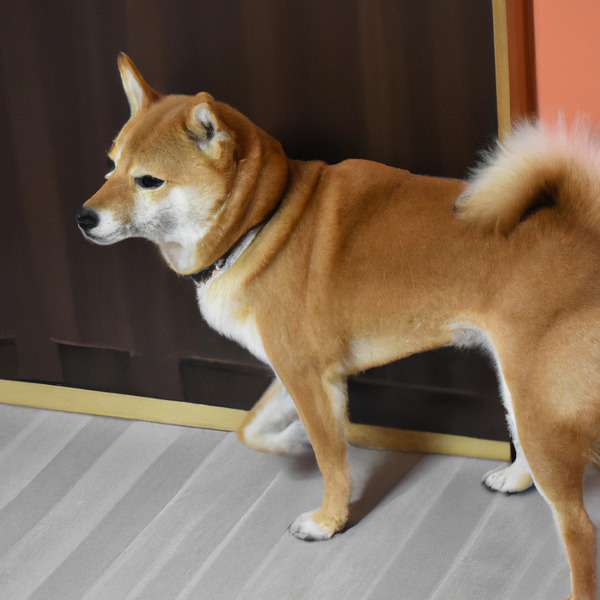
Shiba Inu
Springer Rottie vs Shiba Inu

Tibepillon Terrier
Springer Rottie vs Tibepillon Terrier

Bridoodle
Springer Rottie vs Bridoodle
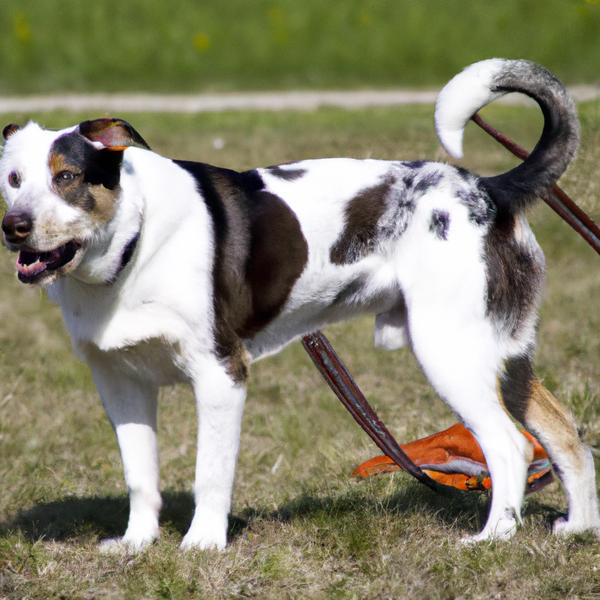
Bull-Aussie
Springer Rottie vs Bull-Aussie
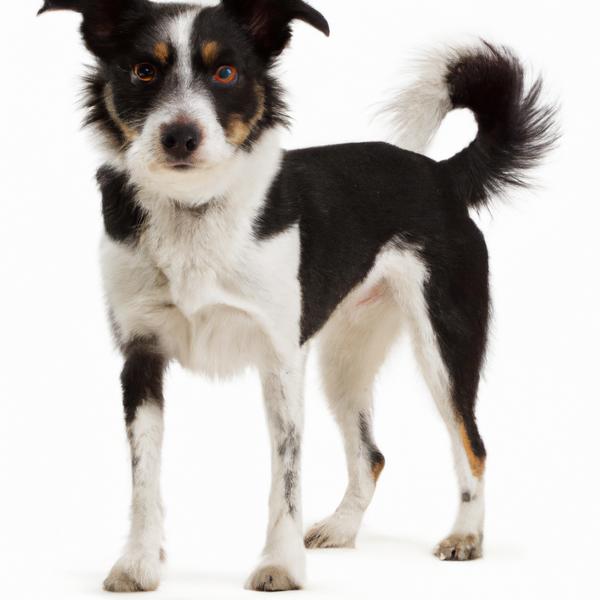
Miniature Border Schnollie
Springer Rottie vs Miniature Border Schnollie

Bolonoodle
Springer Rottie vs Bolonoodle

Dalmatian Springer
Springer Rottie vs Dalmatian Springer

Parson Russell Terrier
Springer Rottie vs Parson Russell Terrier

Griffichon
Springer Rottie vs Griffichon

American Hairless Terrier
Springer Rottie vs American Hairless Terrier
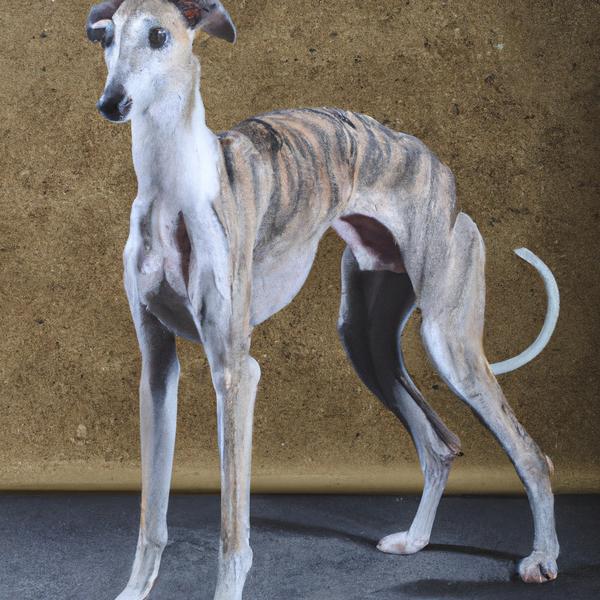
Whippet
Springer Rottie vs Whippet
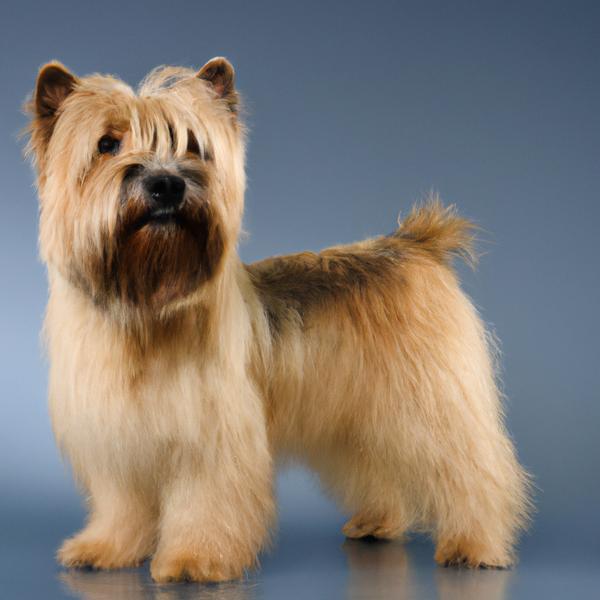
Silkland Terrier
Springer Rottie vs Silkland Terrier
